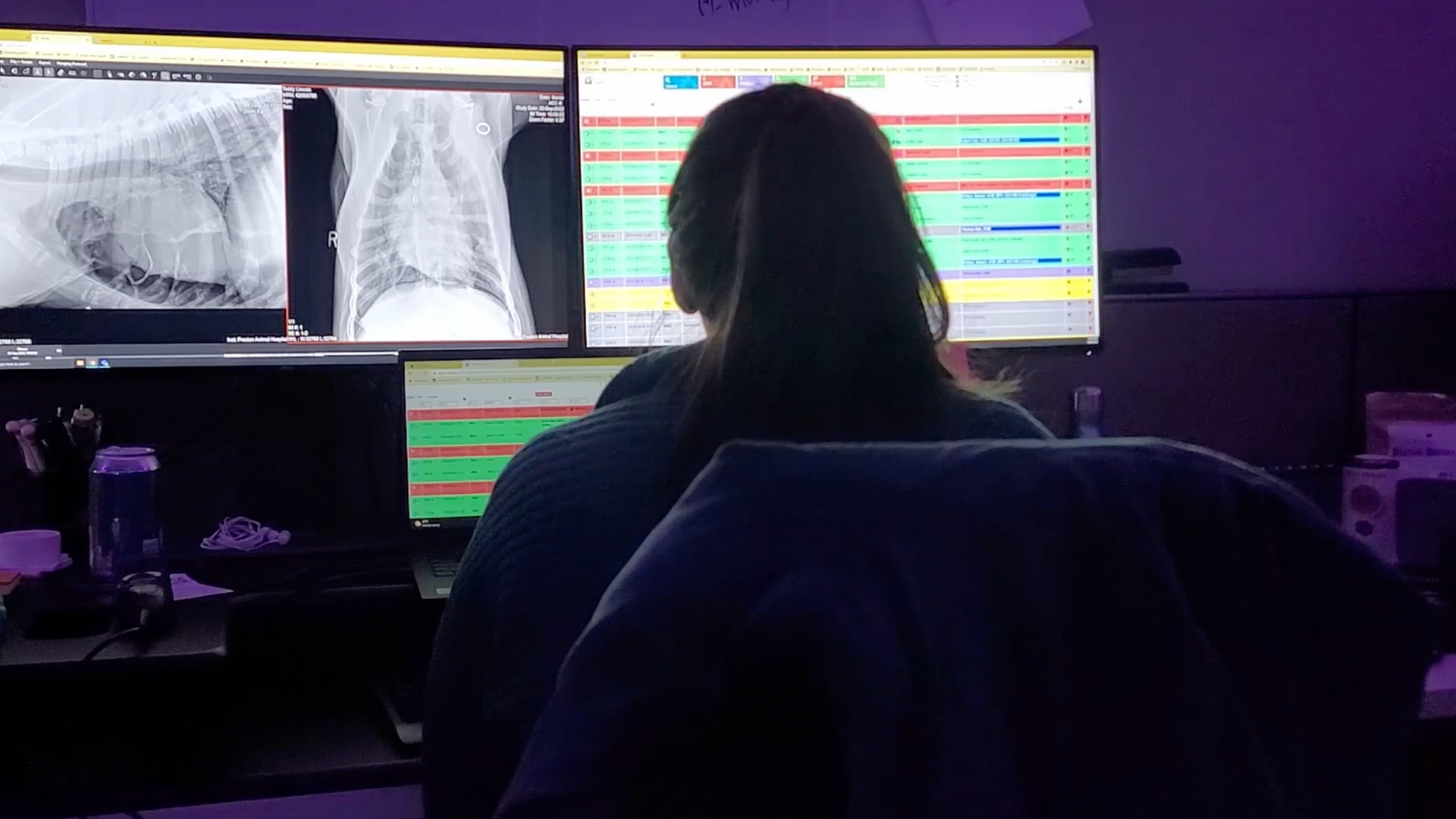Many veterinarians do not realize the power of teleradiology and the spin-offs that are associated with sending your films in to a boarded radiologist for interpretation.
- Sending all of your images in to be interpreted (“read”) by a boarded radiologist IS the standard of care in veterinary medicine. This has been true in human medicine for years and is done for a reason. Physicians have come to realize that having a radiologist look at their images, ultrasound images, etc., is in the patient’s best interest.
- Many practices review selected radiology reports in “imaging rounds” once a month (and provide lunch or breakfast!). Having your doctors and technicians go back and review the radiographs and concurrently review the written report has a valued “continuing education” benefit. This is a great way to let all of your staff see what type of cases you have seen recently in your practice and can lead to discussions of pathophysiology, treatment options, and case management. It’s also a great way to increase the quality of your imaging.
- Most veterinarians realize that “you don’t know what you don’t see” is very true when it comes to radiology. We can all see a large splenic mass on radiographs. Picking up the small soft tissue pulmonary nodule on the edge of the film or similar lesion can make all the difference and can often change the treatment plan and what the owner is willing to do going forward.
- Teleradiology does not ONLY include radiographs! Many of our clients also send us ultrasound images (both static images and short video clips), CT, MR, and echocardiogram images for interpretation.
- If additional diagnostics are needed to confirm a suspect diagnosis, it can be confusing on what should be done next. Is an ultrasound needed? Will this require a CT or MRI? What is the difference between a CT or MRI? If the patient has a suspect adrenal mass, is CT or ultrasound the best way to go? If a CT or ultrasound exam can both make the diagnosis, is one better than the other considering the cost of doing the procedure? The radiologists report often helps you make these types of decisions.
- The use of a teleradiology service will actually make you money (and it is the right thing to do!). When clients find out that other procedures are recommended to help with making a more accurate diagnosis, they are more apt to approve these additional diagnostic steps. The result is that you are increasing revenue and at the same time you are doing what is right for the patient. A win-win situation.

